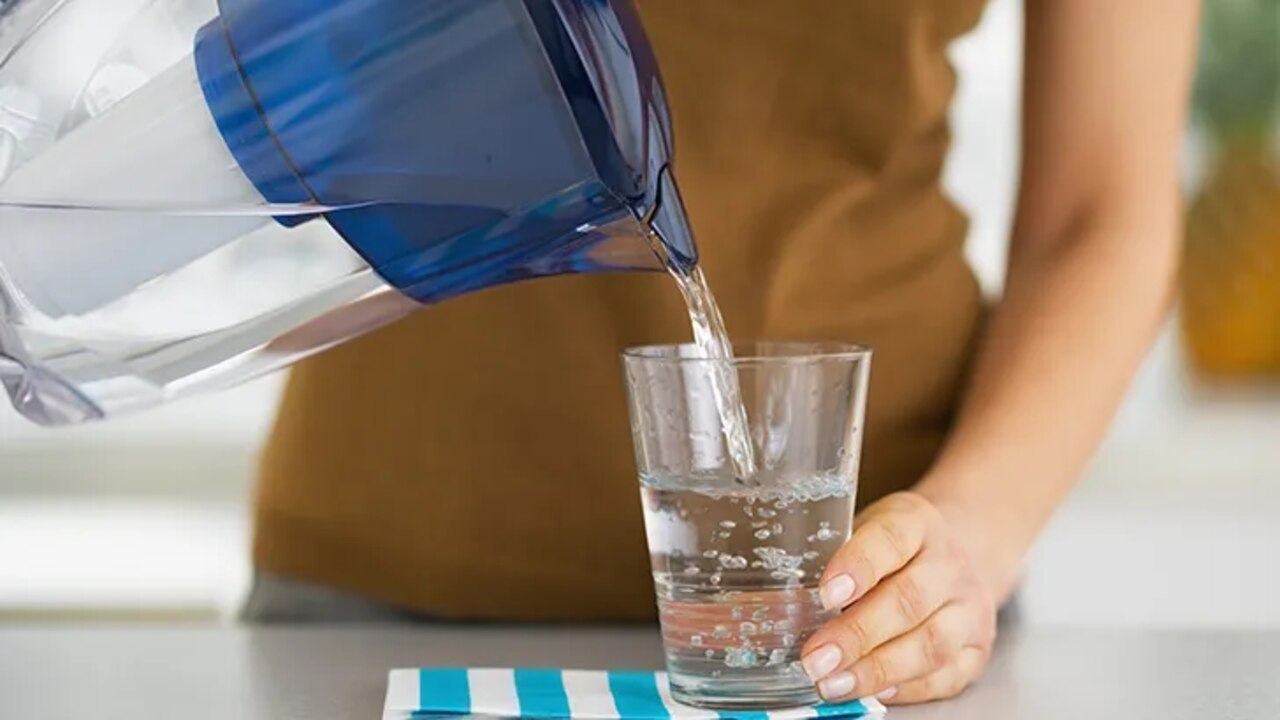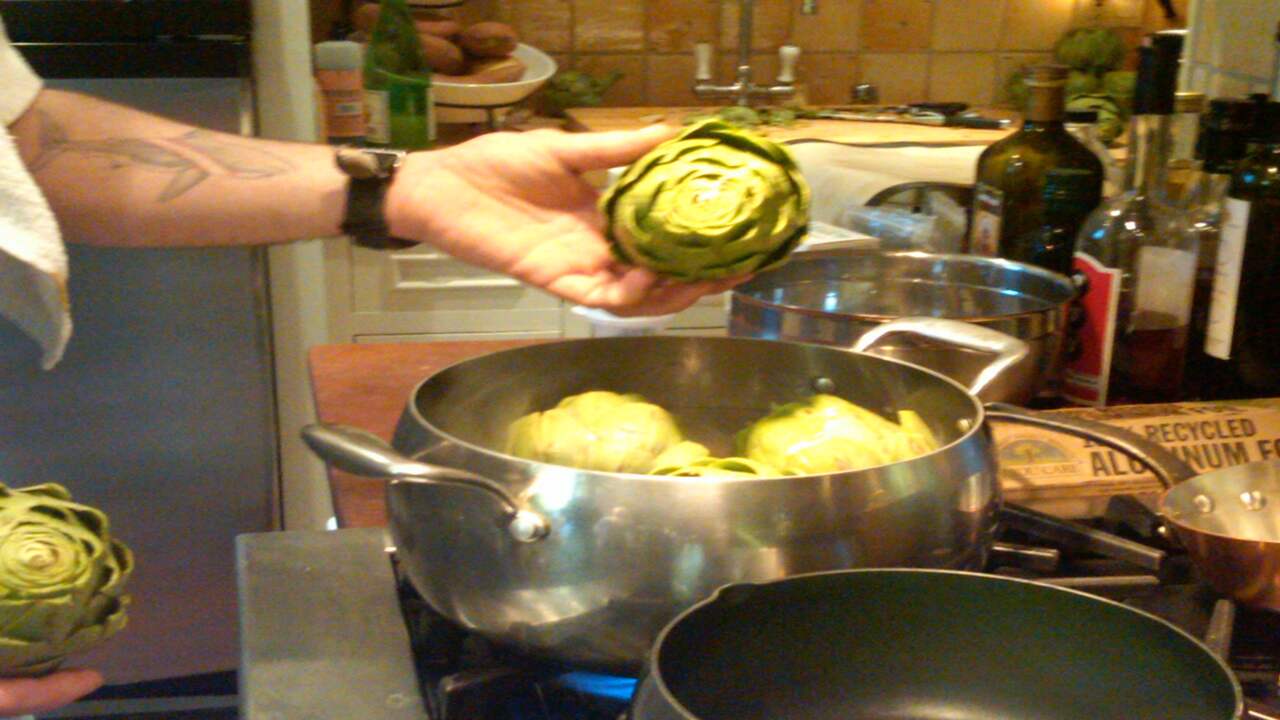You can infuse acidulated water with an acidic substance like lemon juice or vinegar. This mixture is often handy in cooking and food preparation for various purposes.
Here we will provide a comprehensive step-by-step guide on how to make acidulated water at home. Additionally, we will delve into what acidulated water is. Its benefits in various recipes, different types of acids that can be handy and tips for using it effectively.
How to store and properly use it, and alternatives and substitutes. By mastering this handy kitchen hack, you’ll be able to enhance your culinary skills and ensure that your produce stays fresh for longer periods of time.

Step-By-Step Guide To Making Acidulated Water At Home

To ensure a smooth and enjoyable cooking process, it is essential to gather all the required ingredients and equipment before you begin. This recipe needs lemon juice or vinegar to add a tangy flavor. Ensure you have these items readily available before preparing your meal.
Additionally, have all the necessary tools, such as pots, pans, knives, and cutting boards, within easy reach for convenience and efficiency in the kitchen. Preparing with all the ingredients and equipment beforehand can save time and make your cooking experience more enjoyable.
Having a well-stocked pantry is also key to successful meal preparation. It’s a good idea to always keep basic pantry staples like spices, oils, and grains on hand to have the foundations for a delicious meal. Additionally, consider organizing your kitchen space to make it easy to find what you need quickly.
This could involve using labeled containers or shelves for different categories of ingredients or investing in kitchen organization tools. By having everything organized and easily accessible, you can streamline your cooking process and focus on creating culinary masterpieces. Scroll down to get into details of acidulated water.
What Is Acidulated Water, And Why Is It Used?

Acidulated water is a simple mixture of water and acid, such as lemon juice or vinegar, applied in various culinary practices. Its primary purpose is to prevent fruits and vegetables from undergoing enzymatic browning. Making it an essential tool for preserving the visual appeal of sliced or peeled produce.
Acidulated water can also be a natural sanitizer for kitchen utensils and surfaces, eliminating harmful bacteria. When preparing acidulated water at home. Maintaining the correct ratio of acid to water is important for optimal results.
Benefits Of Using Acidulated Water In Cooking And Baking
Preserving color and texture is an essential aspect of food preparation, as it helps maintain ingredients’ visual appeal and freshness. Various techniques can employ to achieve this, such as blanching vegetables briefly in boiling water before plunging them into ice water to halt the cooking process.
Similarly, browning can prevent by using lemon juice or acidic substances on fruits and vegetables that tend to oxidize quickly. These methods not only help preserve the appearance of food but also enhance flavor and maintain a desirable texture. By following these simple techniques. Chefs and home cooks can ensure their dishes are visually appealing, flavorful, and have an enjoyable texture.
How To Make Acidulated Water At Home

Creating acidulated water at home is a simple process that involves combining 1 tablespoon of acid with 1 quart of water. Acidulated water is a useful tool in cooking and baking, particularly for preventing fruits and vegetables from browning or oxidizing.
Adding acid to the water can help preserve the color and freshness of your produce. Making it more visually appealing and appetizing. Common acids can be handy, including lemon juice, vinegar, or citric acid. The next time you prepare a fruit salad or preserve sliced apples. Consider using acidulated water to maintain the vibrancy and deliciousness of your ingredients.
Different Types Of Acids Can Be Used In Acidulated Water
When it comes to adding flavor to your dishes, different types of acids can provide distinct taste profiles. Lemon juice is popular for its refreshing and citrusy flavor, which adds a bright and tangy element to recipes.
Apple cider vinegar offers a unique combination of tanginess and slight sweetness, making it a versatile ingredient in dressings and marinades. White vinegar provides a clean and crisp acidity that can enhance the flavors of pickled vegetables or be handy as a cleaning agent.
Citric acid, derived from citrus fruits, delivers a strong tart flavor commonly found in sour candies and beverages. Tartaric acid, on the other hand, offers a more complex acidity that can add depth to certain dishes, such as wines and baked goods. By understanding the characteristics of these different acids, you can experiment with flavors and create delicious culinary experiences.
Tips For Using Acidulated Water In Various Recipes

Using acidulated water can be a helpful technique in various recipes. Acidulated water is simply water mixed with an acid, such as lemon juice or vinegar. It is commonly handy to prevent fruits and vegetables from browning or to add a tangy flavor to certain dishes. Here are some tips for using acidulated water in your recipes:
- To prevent fruits and vegetables from browning, soak them in water and lemon juice or vinegar. This can be especially useful when preparing fruit salads or sliced avocados.
- When blanching vegetables, adding a bit of lemon juice or vinegar to the boiling water can help preserve their vibrant color.
- Acidulated water can also marinate meats, seafood, or tofu. The acid helps to tenderize the protein and adds a bright flavor to the dish.
- Be sure to use the proper ratio of acid to water. A general guideline is to use about one tablespoon of acid (lemon juice or vinegar) per quart of water.
- Remember that different acids have different flavors, so you may want to experiment with different types of acids to achieve the desired taste in your recipe.
By incorporating acidulated water into your cooking, you can enhance the flavors and presentation of your dishes. Remember to use it sparingly and adjust the amount according to your preference.
How To Store And Properly Use Acidulated Water
Proper storage practices are essential for acidulated water to maintain its safety and effectiveness. To ensure its quality is not compromised, storing the water in a clean and airtight container is highly recommended. This prevents any contamination or impurities from entering the water.
Additionally, using the acidulated water within 24 hours of preparation is important to maintain its optimal efficacy. Prolonged storage can diminish effectiveness, so adhering to this timeframe is crucial. By following these guidelines, you can preserve the integrity of your acidulated water and ensure that it remains suitable for its intended purpose.
Acidulated Water Substitutes And Alternatives

If you find yourself in a situation where acidulated water is required for a recipe, but you don’t have any on hand, there are several suitable substitutes that you can use. One of the most commonly used options is lemon juice, which provides the necessary acidity and adds a tangy flavor to the dish.
Lime or orange juice can also be handy as alternatives if you prefer a slightly different taste. Another option is cream of tartar, a byproduct of winemaking that can be mixed with water to create an acidic solution. Lastly, white wine can substitute for acidulated water in certain recipes, adding a unique flavor profile to your dish.
Conclusion
Acidulated water is a highly versatile kitchen staple that greatly enhances your cooking and baking endeavors. Its primary purpose is to preserve the color, texture, and flavor of fruits and vegetables, preventing unsightly browning and adding a delightful tang to your dishes.
Creating acidulated water at home is a straightforward and cost-effective process that involves just a few simple steps. You can experiment with different types of acids, such as lemon juice, vinegar, or citric acid, to achieve the desired results.
Storing your acidulated water properly and using it within a reasonable timeframe is crucial to maintain its effectiveness. So, the next time you step into the kitchen, remember to harness the power of acidulated water to elevate your culinary creations to new heights.
Frequently Asked Questions
1.What Is Acidulated Water Formula?
Ans: Acidulated water is a mixture of water and an acid, like lemon juice or vinegar. It helps prevent fruits and vegetables from browning and adds acidity to dishes. The formula typically calls for one tablespoon of acid per cup of water.
2.What Are The Benefits Of Acidulated Water?
Ans: Using acidulated water offers several benefits. It helps prevent browning in fruits and vegetables, maintains the color of cut flowers, can be handy as a natural cleaning agent, and effectively removes stains from cookware and kitchen surfaces.
3.What Do You Mean By Acidulated?
Ans: Acidulated water is mixed with an acid like lemon juice or vinegar. It is handy in cooking and baking to prevent fruits and vegetables from browning. The acid helps maintain the food’s color and texture. Mix one tablespoon of lemon juice or vinegar with one cup of water to make acidulated water at home.
4.What Is Acidulation, And Why Is It Important In Cooking?
Ans: Acidulation is the process of adding acid, like lemon juice or vinegar, to water. It’s crucial in cooking as it helps preserve the color and texture of fruits and vegetables, prevents browning, and is commonly used when blanching or poaching delicate ingredients.
5.What Are The Benefits Of Drinking Acidulated Water?
Ans: Drinking acidulated water can have several benefits. It can improve digestion by stimulating the production of stomach acid, aid in detoxification by eliminating waste and toxins, provide hydration without added sugars, and potentially help balance the body’s pH levels.
